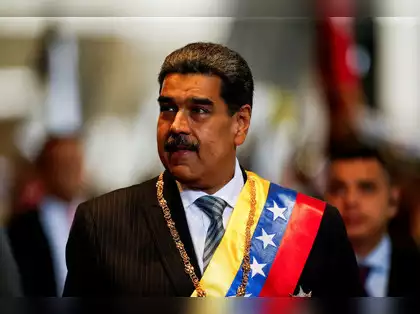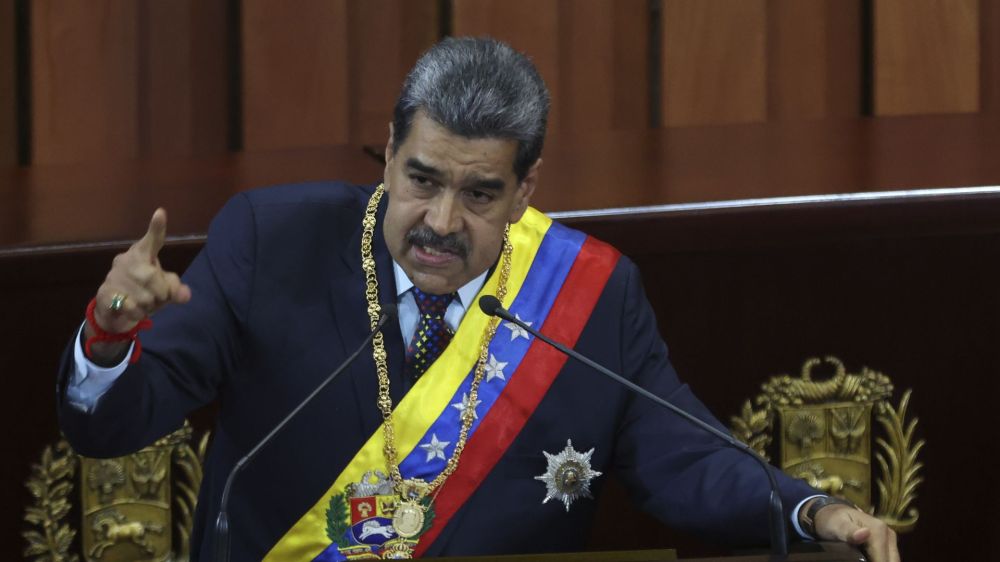

ANALYSIS:
The longstanding territorial dispute between Venezuela and Guyana over the Esequibo region has escalated in recent years, marked by accusations, military confrontations, and legal battles. Venezuelan President Nicolás Maduro has accused Guyana of engaging in “unlawful” actions in the contested Esequibo region, intensifying tensions between the two South American nations.
Historical Context
The Esequibo region, encompassing approximately 160,000 square kilometers west of the Esequibo River, has been a point of contention since the 19th century. The 1899 Arbitral Award granted the territory to British Guiana (now Guyana), but Venezuela has consistently disputed this decision, alleging it was unjust. The 1966 Geneva Agreement established a framework for resolving the dispute, but a definitive resolution has remained elusive.
Recent Developments
In 2015, significant oil reserves were discovered off the coast of Guyana, attracting major international companies like ExxonMobil. These discoveries have heightened the strategic importance of the Esequibo region, leading to increased tensions. Venezuela has accused Guyana of unilaterally exploiting resources in the disputed area, labeling such actions as violations of international law.
In response to these developments, President Maduro’s administration organized a consultative referendum on December 3, 2023, posing five questions to Venezuelan citizens. Among these were whether to oppose, by all means in accordance with the law, Guyana’s unilateral actions in the disputed maritime area, and whether to grant Venezuelan nationality to the 125,000 residents of the Esequibo region. This move was accompanied by a media campaign appealing to Venezuelan patriotism and criticizing the involvement of foreign corporations like ExxonMobil.
The referendum deepened the diplomatic rift between the two countries. Guyana condemned the referendum, asserting that it violated its sovereignty and international law. The Organization of American States (OAS) also criticized Venezuela’s actions, labeling them as contrary to international principles and a threat to regional peace and security.
Military Tensions
The situation further deteriorated with reports of armed confrontations. On February 17, 2025, six Guyanese soldiers were injured when armed men, suspected to be gang members from Venezuela, opened fire along the Cuyuni River during a resupply mission. Two soldiers were critically injured. Guyana’s Defense Force vowed to protect its borders and address any threats to national security. Venezuelan Foreign Minister Yvan Gil denied the attack, accusing Guyana of spreading false information to manipulate public opinion.
International Legal Proceedings
The dispute has also been brought before the International Court of Justice (ICJ). In April 2023, the ICJ ruled that it had jurisdiction over the case filed by Guyana in 2018, seeking a final resolution on the validity of the 1899 Arbitral Award. Both nations have presented their arguments, with Guyana urging the court to uphold the original award and Venezuela rejecting the court’s jurisdiction, advocating for direct negotiations instead.
Regional and International Responses
The escalating tensions have drawn attention from regional and international actors. Neighboring countries and organizations have called for restraint and a peaceful resolution through diplomatic channels. The potential for conflict has raised concerns about regional stability, especially considering the strategic importance of the Esequibo region’s natural resources.
Conclusion
The Esequibo territorial dispute remains a complex and sensitive issue, deeply rooted in historical grievances and amplified by recent economic interests. President Maduro’s accusations against Guyana’s actions in the region reflect the ongoing challenges in resolving the dispute. As both nations navigate this contentious issue, the international community continues to advocate for peaceful dialogue and adherence to legal frameworks to prevent further escalation.
Leave a Reply